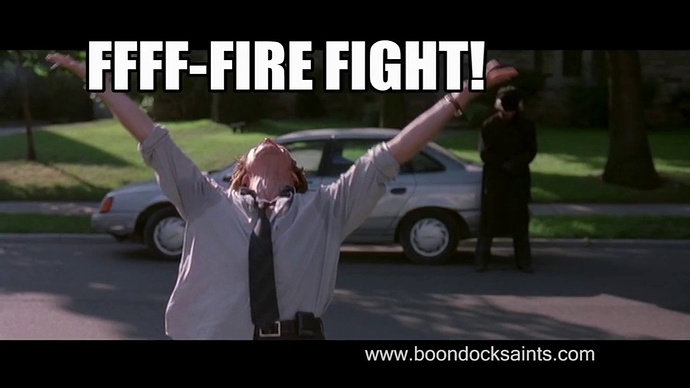To add onto all the wonderful advice here, I highly suggest you consider using the idea of SPAWNERS and MINIONS or EXTRAS.
In general, a Spawner is something that… spawns… enemies. This could be a massive spider nest, a cave full of goblinoids, an interdimensional rift, or even just a forest full of endless wolves.
What Spawners allow you to do it introduce a large number of enemies in a staggered fashion - 3 goblins every 1d4 rounds, six shamblers every 2 rounds, a statue animates every 6 turns, whatever. Number of Foes & Interval
Minions, or extras in a film, are nameless hordes of creatures that while dangerous, aren’t up to the level of a standard combatant. In general, minions might do the same (or nearly the same) amount of damage as a regular creature of the same kind, but they can be defeated in a single successful hit; they have 1 HP. Consider using large numbers of minions to buffer BBEG battles, spawn off timers, and otherwise complicate the situation. (Six minion archers are easy to kill if you can get to them!)
TLDR: Minions allow you to add more monsters, like in the Mines of Moria, without totally overwhelming your players. You can add those minions organically with spawners (which may be tied to timers), or structurally by having a set number of them in an encounter or scene.
And remember, your ROOM DC is the godking of balancing. Hitting a BBEG on DC 10 is easier than hitting a minion on DC 18.



